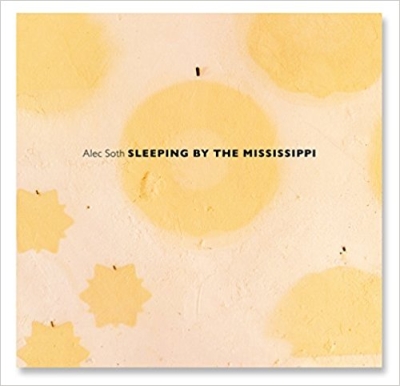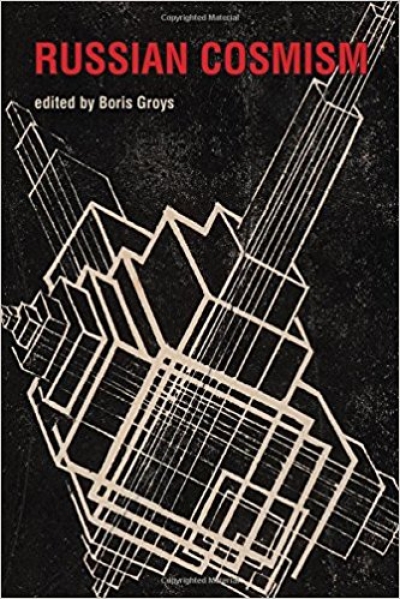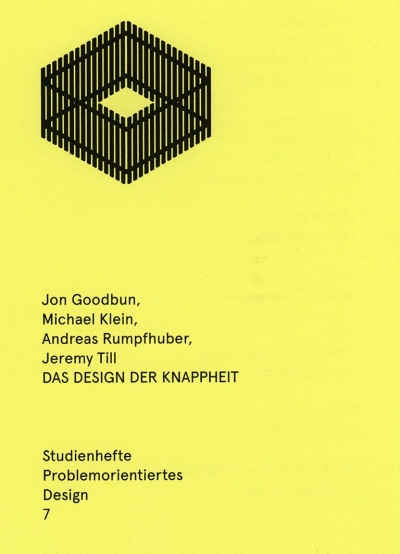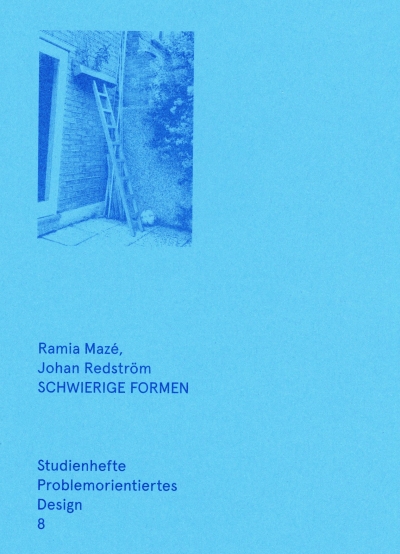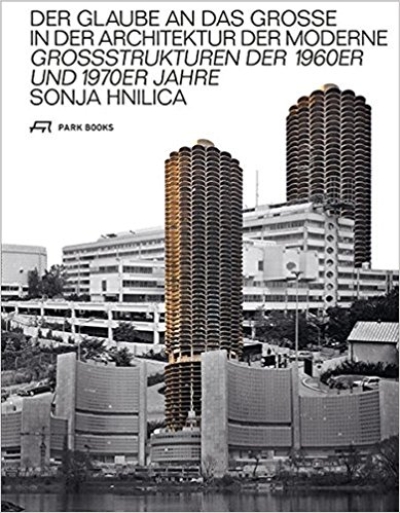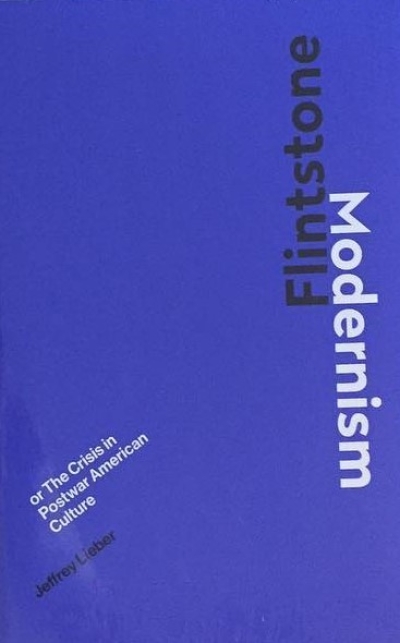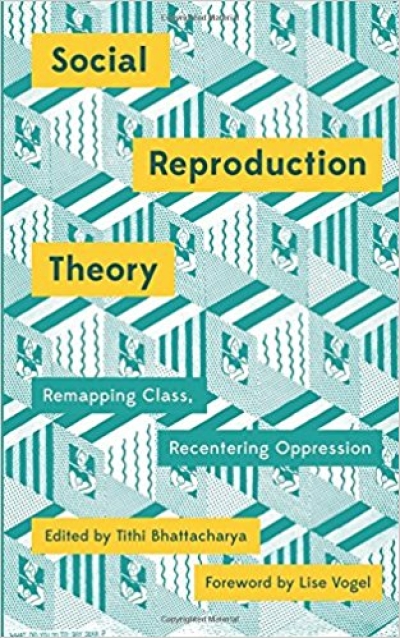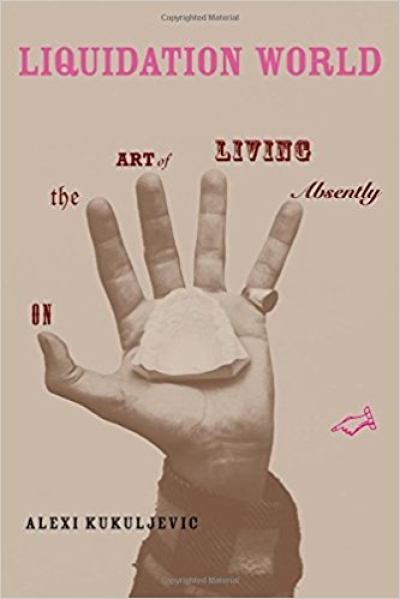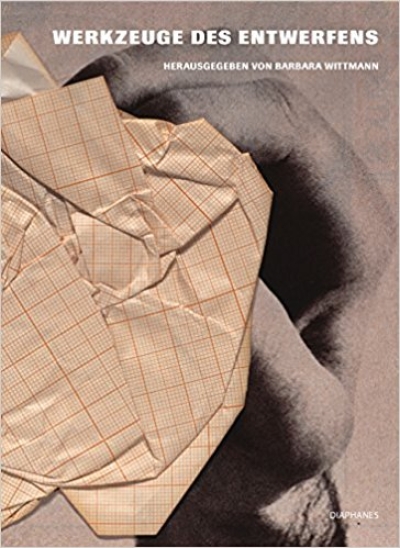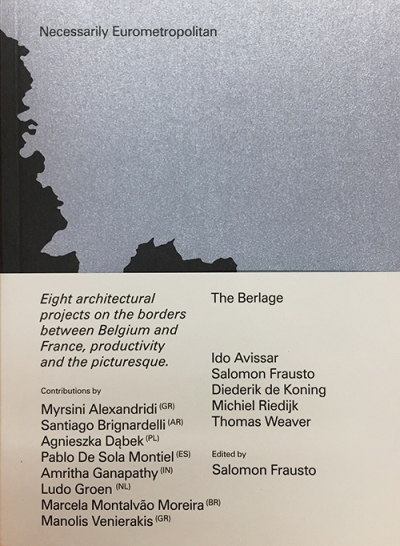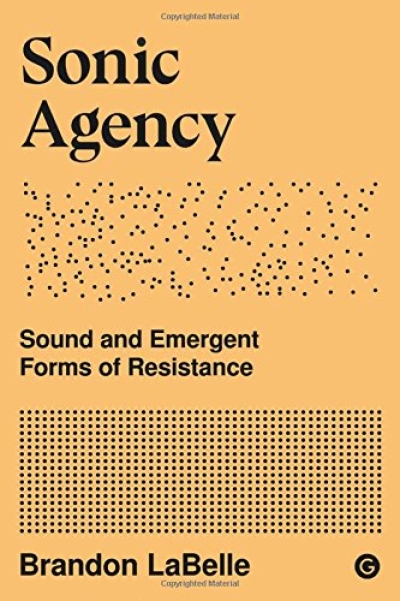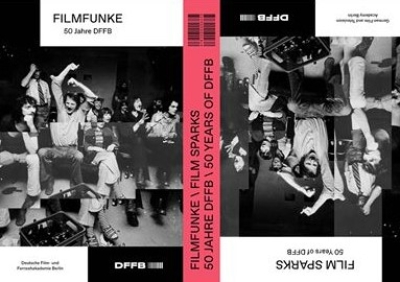
El Alto. Freddy Mamani Silvestre
EL ALTO zeigt die fantastische Architektur von Freddy Mamani Silvestre, die
auf 4100 Metern Höhe in Bolivien entstanden ist.
The Bolivian architect Freddy Mamani Silvestre doesn’t have an office, use a computer, or draw formal blueprints. He sketches his plans on a wall or transmits them orally to his associates. Since 2005, Mamani and his firm have completed sixty projects in El Alto, the world’s highest city, which sits at nearly fourteen thousand feet, on an austere plateau above La Paz. In the past twenty years, the economy there has burgeoned, along with an enterprising, mostly indigenous population. Mamani earned his fame building mixed-use dream houses for the city’s nouveaux riches.
Like most of his clients, and like some 1.6 million of his fellow-citizens, Mamani is an Aymara. His people have been subject to successive waves of conquest and dispossession, first by the Inca, then by the Spanish. As a young man, he worked in construction; in his early twenties, he earned a degree in civil engineering, against the advice of his family. “It’s a career for the rich,” they told him. Architecture, too, is a career for the rich. But Mamani has made an advantage of his outsider status; he designs in an Aymara vernacular of his own invention.
Each of his houses has a futuristic façade, a commercial ground floor with jazzy shop fronts, a baroque party hall on the mezzanine, a story or two of apartments, and an owner’s penthouse. This aerie is sometimes called a cholet, a pun on the words “chalet” and “cholo”—a dismissive racial epithet that cholos like Mamani have proudly embraced. Mamani’s architecture incorporates circular motifs from Aymara weaving and ceramics and the neon colors of Aymara dress, and it alludes to the staggered planes of Andean temples. But it has also been inspired by science fiction, particularly by the Transformer movies. It might be called, like the second film in the saga, “Revenge of the Fallen.”
http://www.newyorker.com/project/portfolio/high-aspirations
http://www.granser.de/news.html




